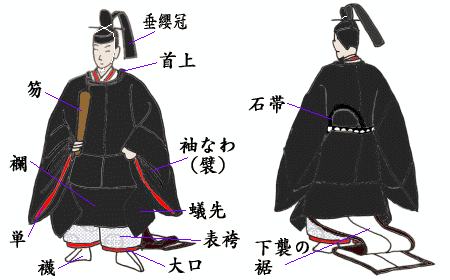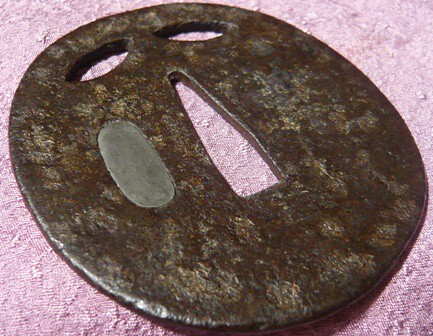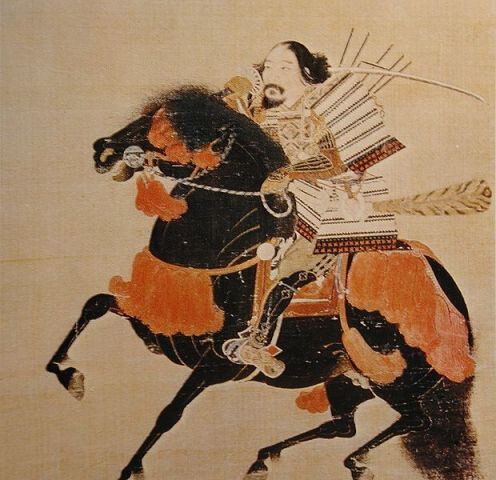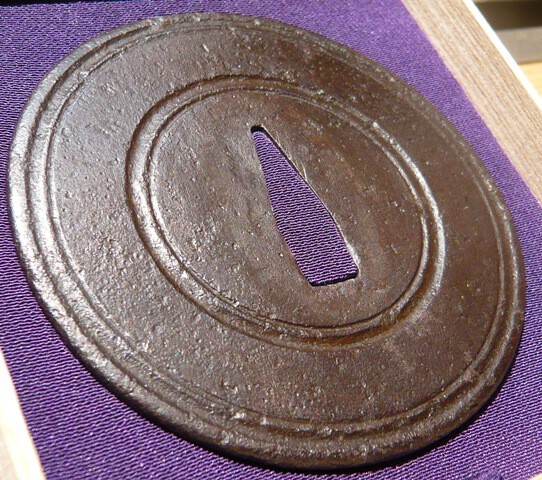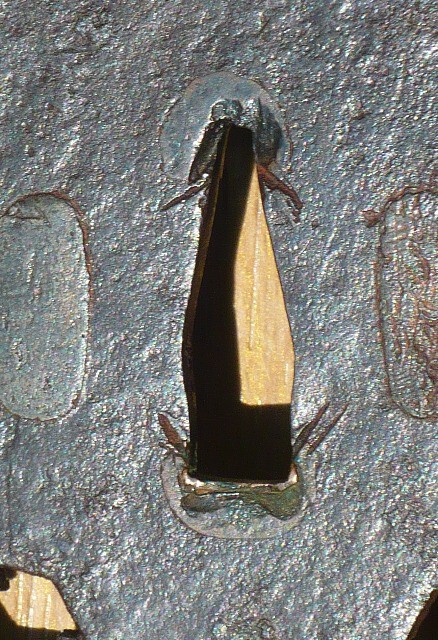-
Posts
1,813 -
Joined
-
Last visited
-
Days Won
8
Content Type
Profiles
Forums
Events
Store
Downloads
Gallery
Everything posted by Henry Wilson
-
The motif seems to represent the head gear (Eboshi) worn by the Emporer. and two flowers whose name I don't know but I see a lot in gardens in Tokyo. They are usually a very vivid purple colour. Can anyone provide the name? To be honest the tsuba is no great shakes IMO
-
I couldn't find that kanji so thanks for including Nobody. I think that is correct compared to 市。 For those who don't have a Japanese dictionary in there browser, 帀 means "to turn around" if that is of any help.
-
Hi David I can't see difference in colours on the rim which would make me think it is a later addition. There seems to a black residue on it which looks like lacquer but not a difference in patina to my eye. I don't disagree with it being a later addition, I just think there is a chance it might not be. Cheers
-
You are indeed correct. Concerning the first one: 乾 Read as "ken" it means heaven, read as "hoshi" it means dried, read as "inui" it means northwest. (according to my dictionary.) It probably has more readings too as it is often seen in Japanese as 乾く "kawaku" which means to get dry. 喉が乾いた nodo ga kawaita can translate as "I am thirsty"
-
The shape of the kozuka ana as well as the small heads on the three commas in one of the kamon (called mitsutomoe 三巴 all) suggest pre Edo aswell IMO. The plate is a nice red colour too. David what makes you think the fukurin has been added later?
-
It looks a bit like this 造乾 市谷 but a quick websearch on these kanji do not yeild much sense!
-
Many thanks Lance. That was a good idea contacting Fred. It never occured to me. What a lovely set. Would anyone care to comment ?
-
To me the tsuka looks like deer hide coated in a black urushi and the kashira, fuchu look like horn. The style is similar to that of Muromachi period koshirae. I suspect it could be an Edo period revival tsuka in not so good condition. I am pretty sure that the menuki are mid to late Edo. I hope this is of help.
-
That is a very interesting article. Thanks for posting David. What a lovely tsuba and a great story. It is very interesting that it is believed to a fifth member of the "Joshu" club. Personally speaking I can't help thinking it is a shame that the tsuba has been altered so much... but what do I know and just thinking out loud! I would be very pleased to own it myself.
-
Speaking of Muromachi period koshirae, does any one remember way back, the one that Fed Weissberg had up on his site? I am talking about 5 years ago. If I recall it had papers of some form. I would be pleased to be able to see it again if anyone has pictures stashed away.
-
I would also like to thank Barry for the excellent photos as he has taken the time to basically photo the whole exhibition! I am unfortunately unable to attend as I live in Tokyo and with work etc it is not possible for me to get away. However because of Barry's pictures my wife and I can enjoy the exhibition from the comfort of our own computer. Many thanks again Barry. Yes, Dr. Barrett that is in fact me . I was only able to submit one piece and add in a very small way to this huge and excellent collection, and I humbled that something in my possession was chosen. On a sadder note I have recently been informed that Owsley Brown Frazier, chairman and founder of the Frazier Museum passed away on August 17, 2012. He was a great supporter of the KTK and because of this support has assisted in making the KTK the excellent gathering of Tosogu and Nihonto enthusiast that it is. Finally, please if you can, bring the family and get down to Frazier and see the show. There is a good chance there will not be another like it outside Japan for a long time. Best regards
-
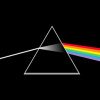
Wooden Barrel Origin
Henry Wilson replied to Toyokuni_62's topic in General Nihonto Related Discussion
Interesting. What makes you think so? by the way, can you read the kanji? How have Malcolm and I done? -

Wooden Barrel Origin
Henry Wilson replied to Toyokuni_62's topic in General Nihonto Related Discussion
Hi Malcolm I am pretty sure it is Japanese and your readings seem to be correct for the kanji, however I could be wrong in identifying them. I would like to know for sure. Eloquently put, I have a feeling it was barrel used for treating some sort of garment material. BTW what is Pip Pip? -

Wooden Barrel Origin
Henry Wilson replied to Toyokuni_62's topic in General Nihonto Related Discussion
The first knaji I cannot find. The other three might be these; 餘 瑞 裘 -
The kanji seems to be the name of a river and the name of a sake factory. 西三川内 田牟吉酒場 It might be located somewhere in Saga Prefecture. Also, I don't think it is a barrel. It looks more like a bucket. I hope this helps.
-
Thank you all for your kind words
-
Attached are pictures of the final tsuba of the thread. It is a small iron Tosho tsuba at 6.9cm x 6.5 cm and 0.2 cm thick with a square rim and I think it probably dates to around the Sengoku period. The metal is very old and quite worn and has a lovely deep brown colour. The front seems to have a coat of old clear lacquer which has turned a slight milky colour over time. It is very thin with a sukashi that could be described as 蓮華花びら or lotus flower petal which is similar in design to this tsuba: http://www.nihontomessageboard.com/nmb/viewtopic.php?f=2&t=13468&st=0&sk=t&sd=a&sid=9c6a7d1537e9cddfbbebbd2c28bdf705 It is quite small and simple and all in all seems quite blunt which makes me think it was probably used on a short one-handed sword used by low ranking warriors. The kozuka ana is an interesting shape which I think is probably original to the tsuba or a least very old. So there you have it, as promised 4 Katchushi / Tosho style tsuba from my collection. I have enjoyed photoing them and writing-up my notes and thoughts on them and thank you all for reading.
-
Hi David Thanks for the kind words. It could have been used on both. I might have originally been used on a tachi and then mounted on an uchigatana. However to me, very old tachi tusba have a different shape and seem slightly more naive. Like this: http://www.yamabushiantiques.com/BM%20Nanbokucho%20Tachishi%20Wave%20and%20Mon%20Tsuba.htm However on the other hand, here is a famous picture of Ashikaga Takauji (the 1st Ashikaga Shogun) painted in 1359. It is hard to see from the picture below, Tosogu no Kigen p.80 has a clearer version. If you can see the tsuba at his hip (not the kuruma shaped one that is raised above his head), you notice the same shape. I am not saying it was his :lol: but some old scrolls depict tsuba have round tsuba on tachi, I have just never seen any myself. I think mine is both The outline is Maru gata (round shaped) but the cross-section is in the shape of a go piece or a convex lens which is what I mean by "the profile is Go Ishi Gata 碁石形 or “Go stone shape” Best regards
-
Here is another tusba from my collection. It is 8.45 cm x 8.45 cm and 0.25 cm seppa dai, 0.2cm at the rim. The shape is perfect round and the profile is Go Ishi Gata 碁石形 or “Go stone shape”. Here is the information from the seller. http://www.yamabushiantiques.com/TSUBA96.htm What I especially like about it is the fact that the design is reminiscent of an old Chinese mirror. Below is a photo from a past Nezu Museum exhibition. Of course I am not saying that this tsuba is any way near as old as the mirror, however I do find the similarity very interesting. Thanks for reading.
-
Thanks a nice addition I think Christian, and some great info. Best regards
-
Hi David Thank you very much for the kind words of appreciation and your comments on NBTHK and NTHK. I intended to include two more tsuba which I will do after the weekend. Regards
-
Thanks to everyone for all their comments on the tsuba above. I am definitely considering submitting it for shinsa. Below is the next tsuba. It is 8.0 cm x 7.4 cm and 0.2 cm thick. It is testu, mokko gata with kaku mimi ko niku. The metal is a fine black with brown undertones. The ko sukashi is of the moon and a star. The pictures make it look heavy and rugged where in fact, it is a finer and more delicate then the pictures illustrate. The interesting features of this tsuba are the nice and skillfully executed shape, the fact the ko sukashi are located quite far in on the plate and not towards the rim as well as the narrow and long kozuka ana. In my opinion the ko sukashi is not udenuki ana as it is not in the right position to be of practical use. By the way, the kozuka ana was filled a few months ago in Tokyo. The lead used is from the Meiji period. The type and colour of metal and the overall design points to Tosho and going on the metal alone I would say with confidence that it is pre Edo, making it Ko Tosho from the Muromachi period. However when in the Muromachi period could it be dated to? The key in my opinion is the shape of the kozuka ana. Referring to “Tosogu no Kigen” (Origins of Tosogu), the research that Sasano Masayuki did on kozuka and kogai is very interesting and he reveals and tries to put to rest a lot of discrepancies of theories that have arisen over the centuries. There seems to be surprisingly a lot of confusion and contradiction of when kozuka (and kogai) first emerged and what they were used for. Kogai seem to be older and regarded as more important than kozuka. Early Muromachi kozuka are believed to be re-worked kogai, and there seems to be a lot more old kogai in existence than kozuka. From what I understand, kozuka seem to have first appeared in the Heian / Kamakura period as seen on a very few old and special koshirae. Extant examples disappear through the Nanbokucho period but re-surface in the Muromachi period, initially seen in what is attributed to the early work of the Goto school. Then they seem to become more abundant from the Momoyama period. There is a lot of difference of opinions over how the early kozuka were used. Below is a list of some of them that I have read about. Over the years they have thought to have been used; - to cut paper for labelling heads taken in battle. - to pierce a head so a cord could be threaded through. - to cut fruit and poultry while on campaign. - as a throwing knife / back-up weapon. - to sharpen swords in emergencies if sword stones were not available. Maybe their heavy use is why so few pre-Momoyama kozuka exist? From the few old kozuka that exist from the Muromachi period, the carving on the surface is of a lower relief so a large kozuka ana was not needed as large takabori carving was not in vogue. The common characteristics are that they are long, relatively narrow and flat. The following page 246 from Tosogu no Kigen puts a few old tsuba in chronological order depending on hitsuana shape. In my opinion, my guard in question has a kozuka ana that is approximately the same shape as the top left and the same length as the kozuka ana in the tsuba next to it and to me it looks like a combination of both ana. From this I would therefore concluded that my mokko tusba is early Muromachi. For more information on the evolution on kozuka, kogai and hitsuana, I would recommend reading Tosogu no Kigen by Sasano Masayuki and translation done by Markus Sesko. Thanks for reading.
-
An interesting read http://www.japantimes.co.jp/text/fl20120729x1.html
-
Hi Christian Thank you for the reply. When you can I would love to see a scan of the picture that you are referring to. The small pic looks equally as interesting. A bigger picture would be much appreciated. Thanks again for everything.
-
Hi David It is very nice tsuba but I don't see a resemblance to my tsuba you are referring to. The metal looks like a dark black which is more in line with Tosho in my opinion. It could be old (pre Edo) but the metal does not look it from the pictures. Thanks for sharing. Below are close ups of the seppa dai area as requested by Christian. Best regards


